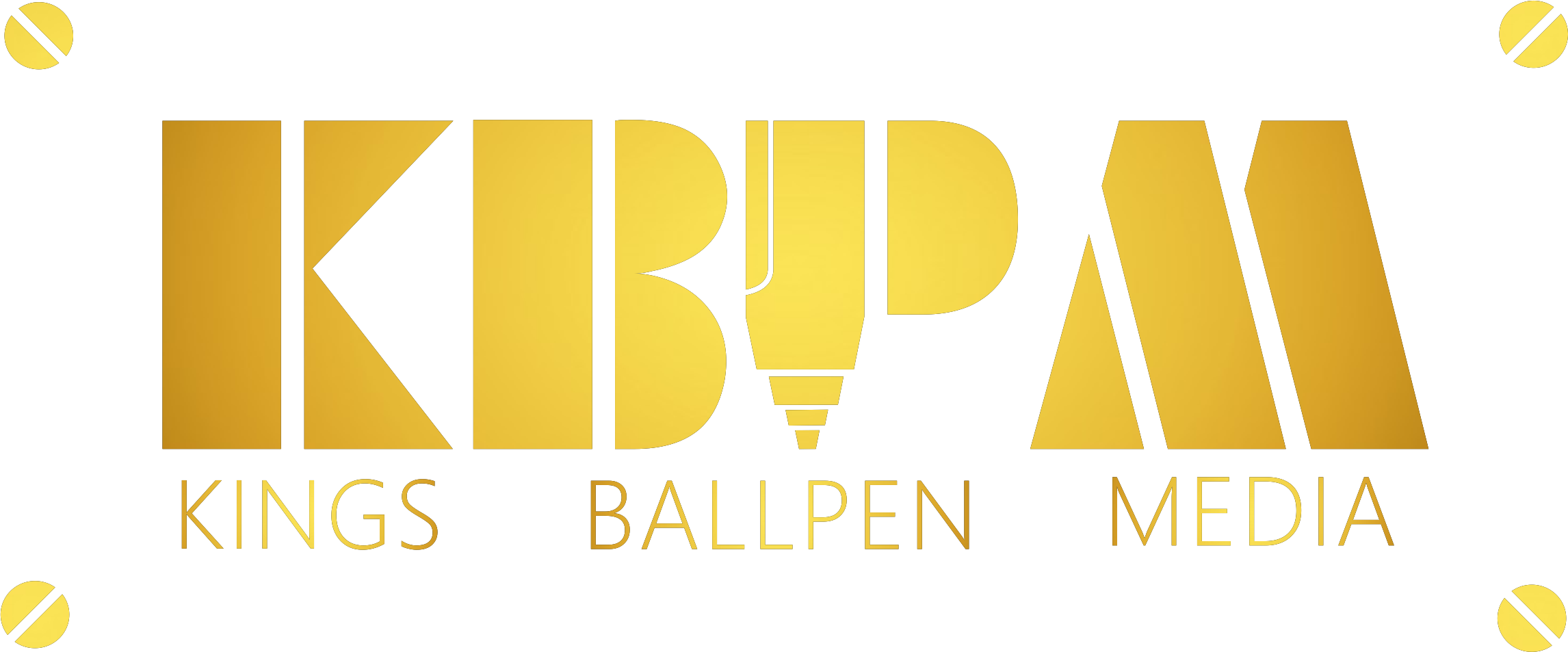What is Income Projection
A tool for financial forecasting, income projection estimates future income for an individual, business, or organization. It is an essential component of financial planning and budgeting since it helps to discover potential revenue sources and plan for future expenditures.
How to determine your income projection
Historical analysis: This technique examines historical income data to uncover trends and patterns that can be utilized to forecast future revenue.
Industry analysis: This technique evaluates the overall economic conditions and industry trends to forecast future earnings.
Sales forecasting: This technique calculates future revenue based on anticipated sales figures.
Budgeting: This approach of budgeting requires the creation of a precise budget that outlines predicted revenue and expenses.
Typically, income projections are reported in a financial statement, such as a balance sheet or an income statement, and are sometimes accompanied by a comprehensive explanation of the methodology and assumptions used to generate the estimates. It is essential to highlight that income projections are estimates that are vulnerable to a variety of variables, including economic conditions, rivals, and internal changes.
What are the uses of income projection?
Income projection has a variety of uses, including:
Financial Planning: Income estimates can be used to develop a budget, which is a plan for allocating funds over a specific period. This can assist a person or business in managing their cash flow, saving for future expenses and investments, and avoiding overspending.
Business Planning: Businesses can utilize income predictions to plan for future growth, identify potential revenue sources, and make well-informed investment and expansion decisions.
Loan Approval: Banks and other lending organizations frequently use income predictions to decide if a person or business is a suitable loan applicant.
Attracting Investors: Businesses can utilize income estimates to entice investors by demonstrating the potential return on investment.
Tax Planning: Income predictions can be used for tax planning to help individuals and organizations prepare for future tax obligations and take advantage of tax-saving options.
Performance evaluation: Using income predictions as a baseline, one can evaluate the performance of a firm or organization and suggest areas for development.
It is essential to highlight that income projections are estimates that are vulnerable to a variety of variables, including economic conditions, rivals, and internal changes. Consequently, it is essential to constantly examine and adjust income predictions to account for any changes in the business or economic environment.
How does income projection apply to financial modelling?
The forecast of future income and revenue for a firm or organization is essential to financial modelling, as it is used to anticipate future income and revenue. Financial modelling is the act of generating a numerical representation of a financial condition, such as the financial statements of a business, to anticipate future performance.
Typically, income projection is utilized in the revenue part of a financial model to anticipate future revenue based on past data and industry trends. The income component of the model is then linked to other sections, such as the expenses and cash flow sections, to generate a comprehensive financial picture of the firm or organization.
In financial modelling, income estimates are also used to construct proforma financial statements, which are projections of future financial performance. These proforma statements can be utilized to forecast future revenue and expenses, as well as to identify prospective risks and opportunities.
Important financial ratios and measures, such as the price-to-earnings ratio, which is used to evaluate a company’s future earnings potential, are also calculated using income predictions.
In conclusion, income projection is a vital component of financial modelling, as it helps to generate a realistic and accurate image of a company’s or organization’s financial condition and predict future performance. It is essential to highlight that income projections are estimates that are vulnerable to a variety of variables, including economic conditions, rivals, and internal changes. Consequently, it is essential to constantly review and update revenue estimates to reflect any changes in the company or economic environment, and to do sensitivity analysis to test the model’s assumptions and evaluate the impact of various scenarios on the income projection.
It is also crucial to remember that, although income predictions can serve as a good starting point for financial modelling, they are not always correct and may contain errors and biases. When developing income predictions, it is essential to utilize a variety of sources and methods and validate the results using external data and industry benchmarks.
In addition, financial modelling permits scenario analysis, which can be used to assess the influence of various assumptions and factors on income projection. This may involve testing the model under different economic conditions or industry trends or assessing the impact of changes in business operations or strategy on the projected income.
In conclusion, income projection is a crucial component of financial modelling, as it assists in estimating future income and revenue for a firm or organization. It enables the generation of pro forma financial statements as well as the calculation of key financial ratios and KPIs. It is vital to remember, however, that income predictions are not always correct, and it is essential to utilize a range of sources and methods and confirm the results using external data and industry benchmarks.
Quick Links
Business Plan – Definition, Importance & What is Included
Financial Statements – Types and How To Read Them
Understanding Revenue Assumptions – Its Uses and Application
A Quick Guide to Expenses Assumption – Its Uses, Application and How to Create a Schedule
A Quick Guide to Payroll Expenses
An Overview on Profit & Loss table or Income Statement
What is Cash Flow – Its uses, importance & how to derive your cash flow statement
An Overview of Balance Sheet Statement & its Function
Breakeven Analysis – A Complete Guide

